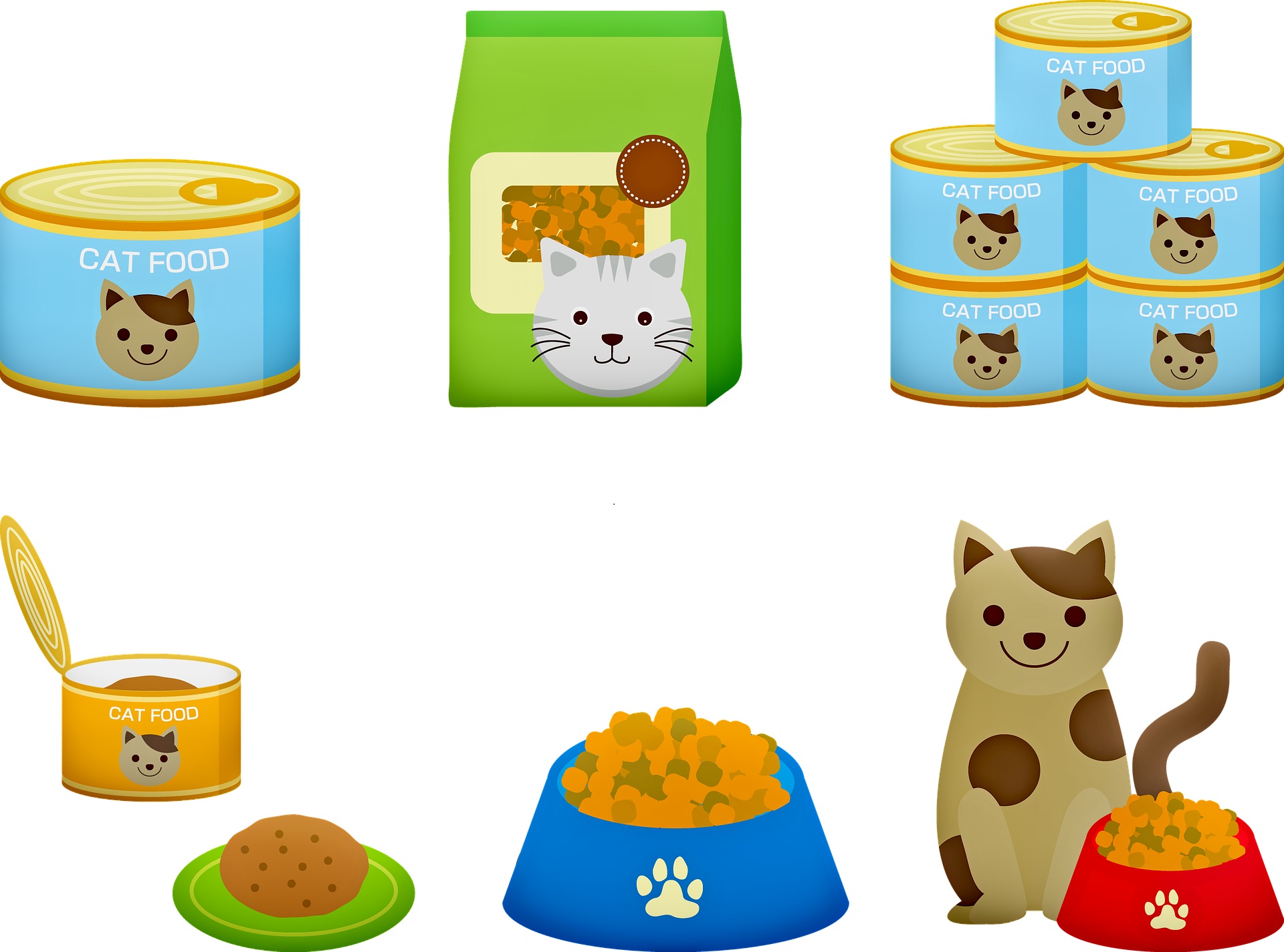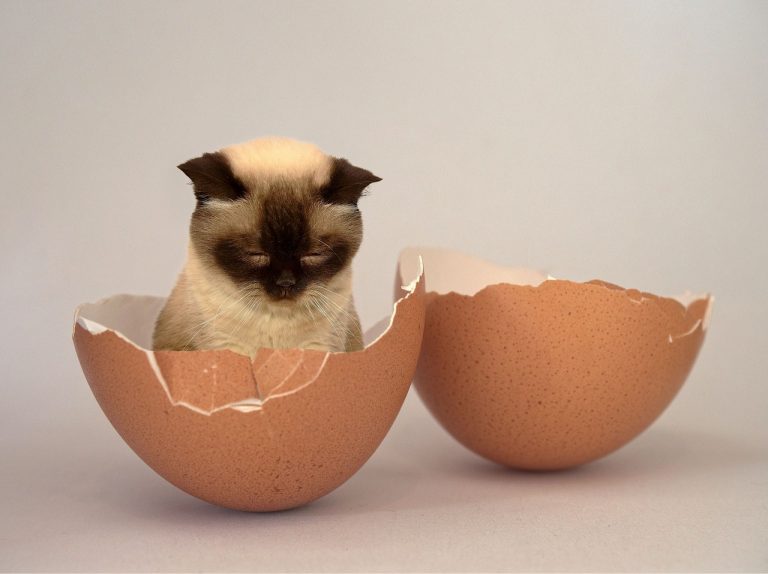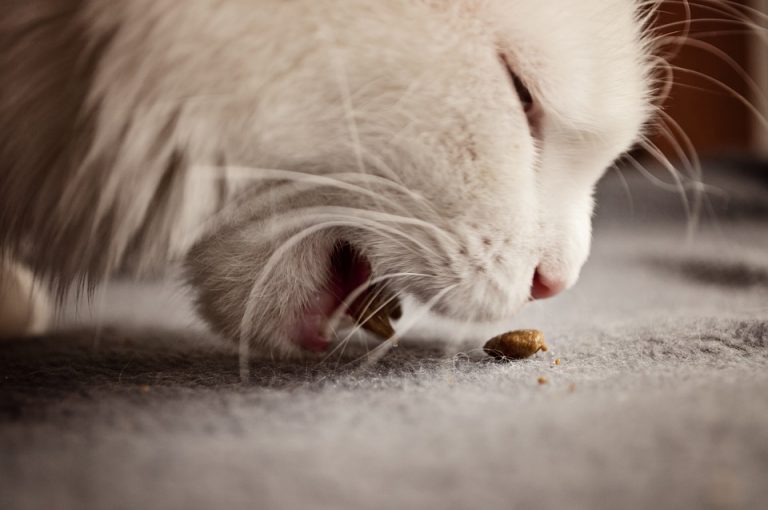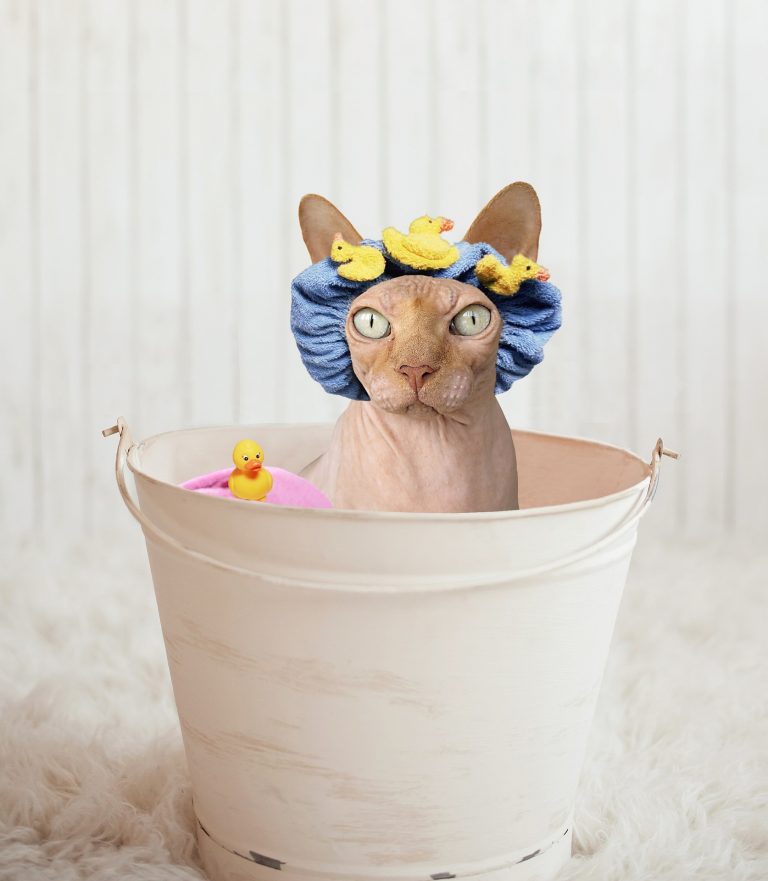The Ultimate Guide to Canned Cat Food: Nourishing Your Cat’s Health and Palate
Canned cat food has gained popularity as a convenient and nutritionally rich option for feline diets. It offers a range of benefits, including high moisture content, palatability, and a balanced nutritional profile. In this comprehensive guide, we will delve into the world of canned cat food, exploring its advantages, the different types available, and key considerations when selecting the best food for your cat. Whether you’re a new cat owner or considering a transition to canned food, this guide will provide valuable insights into providing a nourishing and delicious diet for your feline companion.
The Benefits of Canned Cat Food :
Canned cat food offers several advantages that contribute to your cat’s overall health and well-being. Here are some key benefits:
a. High Moisture Content: Cats have a low thirst drive, and canned food provides a significant source of hydration due to its high moisture content. It helps promote proper kidney function and reduces the risk of urinary tract issues.
b. Palatability: Canned cat food is often more palatable to cats due to its rich aroma and moist texture. It can be particularly appealing for picky eaters or cats with dental issues.
c. Nutritional Balance: High-quality canned cat foods are formulated to provide a balanced and complete diet for cats, meeting their specific nutritional needs for optimal health and vitality.
Types of Canned Cat Food :
Canned cat food comes in various forms, including pâtés, chunks in gravy, and shredded options. Understanding these different types can help you choose the most suitable option for your cat:
a. Pâtés: Pâtés are smooth and finely ground textures that are easy to eat and digest. They are suitable for cats of all ages and can be particularly beneficial for cats with dental problems or those transitioning to wet food.
b. Chunks in Gravy: These canned foods contain tender meat or fish chunks in a savory gravy. They provide a more textured eating experience and are generally favored by cats who enjoy variety and different flavors.
c. Shredded or Flaked: These options feature meat or fish shreds or flakes in a moist sauce. They offer a combination of texture and flavor that appeals to many cats.
Selecting the Right Canned Cat Food :
When choosing canned cat food, it’s crucial to consider the following factors to ensure it meets your cat’s nutritional needs:
a. Quality Ingredients: Look for cat foods made with high-quality animal protein as the primary ingredient, such as chicken, turkey, or fish. Avoid products that contain fillers, artificial additives, or excessive amounts of carbohydrates.
b. Complete and Balanced Formulation: Ensure the canned cat food meets the nutritional standards set by reputable organizations, such as the Association of American Feed Control Officials (AAFCO). It should provide a complete and balanced diet for your cat’s specific life stage.
c. Specific Dietary Requirements: Consider any specific dietary requirements your cat may have, such as allergies or sensitivities. Some canned cat foods are specially formulated to address these needs, such as grain-free or limited ingredient options.
d. Cat’s Age and Health: Cats have different nutritional needs at different stages of life. Choose canned cat food that is appropriate for your cat’s age, whether they are a kitten, adult, or senior. Additionally, consider any specific health conditions your cat may have, such as weight management or urinary tract health, and select accordingly.
Transitioning to Canned Cat Food :
Transitioning your cat to a canned food diet requires a gradual process to minimize digestive upset. Follow these steps for a successful transition:
a. Gradual Introductions: Start by mixing a small amount of canned food into your cat’s current diet. Gradually increase the proportion of canned food over several days or weeks until it replaces the previous diet completely.
b. Monitor and Adjust: Observe your cat’s response to the new food during the transition. If any digestive issues occur, slow down the transition process or consult your veterinarian for guidance.
c. Mealtime Consistency: Establish a consistent feeding schedule and portion control to maintain a balanced diet. Avoid free-feeding, as canned food can spoil more quickly than dry food.
Supplementary Considerations and Tips :
In addition to canned cat food, consider the following supplementary considerations for your cat’s overall health and satisfaction:
a. Treats: Use canned food as occasional treats to provide variety and added nutrition. Ensure the treats are appropriate for your cat’s dietary needs.
b. Feeding Guidelines: Follow the recommended feeding guidelines provided by the cat food manufacturer based on your cat’s weight and age. Adjust the portion sizes as needed to maintain a healthy weight.
c. Storage and Freshness: Properly store canned cat food in a cool and dry place, away from direct sunlight. Use opened cans within a few days and discard any leftover food that has been exposed for an extended period.
Conclusion :
Canned cat food offers numerous benefits in terms of hydration, palatability, and balanced nutrition for your feline companion. By understanding the advantages of canned cat food, exploring different types, and considering factors such as ingredient quality and your cat’s specific needs, you can make an informed decision to provide a nourishing and flavorful diet. Remember to transition gradually and monitor your cat’s response during the process. With the right canned cat food and proper feeding practices, you can ensure your cat’s health, happiness, and enjoyment of mealtime.






